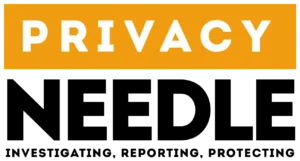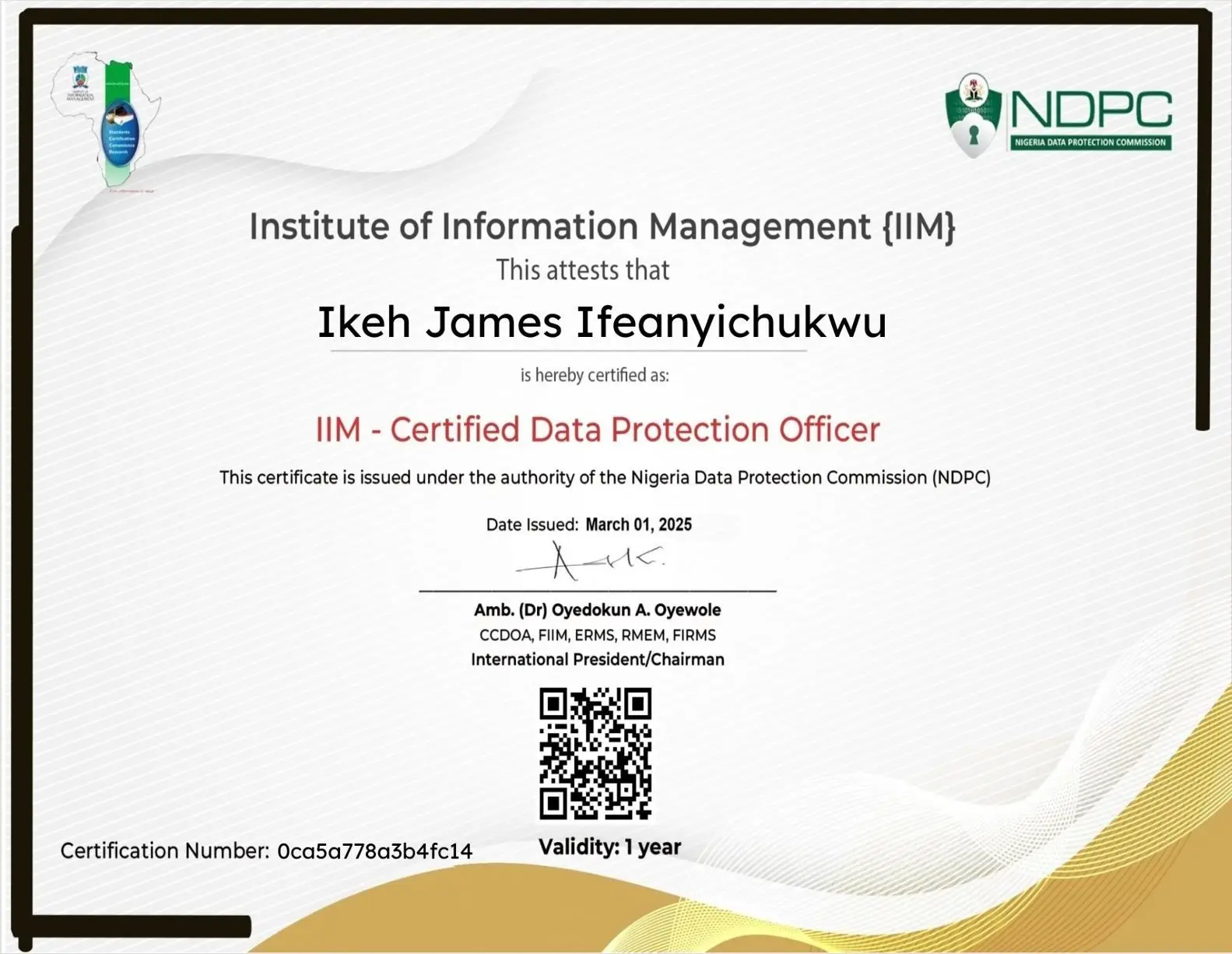PCI DSS v4.0 Compliance Checklist 2026 | (Download PDF)
Share

Why PCI DSS v4.0 Matters More Than Ever
In an era where cyberattacks and data breaches dominate headlines, protecting customer payment information has become a non-negotiable requirement. The Payment Card Industry Data Security Standard (PCI DSS) is the gold standard for safeguarding cardholder data worldwide.
With the release of PCI DSS version 4.0, businesses must now meet more flexible, adaptive, and continuous security obligations. Whether you’re a small online retailer or a large fintech platform, understanding and implementing the new standard is crucial to avoiding fines, data theft, and reputation damage.
This guide offers a comprehensive PCI DSS v4.0 compliance checklist — carefully structured to help you prepare for full certification in 2026.
1. Understanding PCI DSS v4.0
The PCI DSS is a globally recognized framework designed by the PCI Security Standards Council (PCI SSC) to protect cardholder data across transactions.
Version 4.0, which replaces v3.2.1, was developed to:
- Address evolving cybersecurity threats.
- Improve flexibility for cloud and hybrid environments.
- Strengthen authentication and encryption.
- Support continuous security monitoring.
The official enforcement date for PCI DSS v4.0 is March 31, 2025, giving organizations until 2026 to achieve full compliance with newly required controls.
2. Core Goals of PCI DSS v4.0
| Goal | Objective |
|---|---|
| Build and maintain a secure network | Firewalls, routers, and network segmentation |
| Protect stored cardholder data | Encryption, tokenization, and access control |
| Maintain a vulnerability management program | Patch management and anti-malware |
| Implement strong access control | MFA and role-based permissions |
| Monitor and test networks | Logging, SIEM, and penetration testing |
| Maintain an information security policy | Training and documentation |
3. Key Updates in PCI DSS v4.0
PCI DSS v4.0 introduces new concepts and obligations that redefine compliance for modern digital environments:
1. Customized Approach Option
Organizations can now implement alternative security controls that meet the same objectives as PCI DSS requirements — offering flexibility for unique infrastructures.
2. Multi-Factor Authentication (MFA) Expansion
MFA is now required for all accounts with access to the cardholder data environment (CDE), not just administrative roles.
3. Continuous Risk Monitoring
Compliance is no longer a one-time event. Businesses must demonstrate ongoing monitoring and threat detection throughout the year.
4. Encryption Reinforcement
TLS 1.2 or higher is mandatory for data in transit, and modern encryption algorithms must be used for data at rest.
5. Enhanced Reporting & Validation
Self-Assessment Questionnaires (SAQs) now require more evidence-based validation and continuous improvement documentation.
4. PCI DSS v4.0 Compliance Checklist
Below is a step-by-step checklist for achieving PCI DSS v4.0 compliance in 2026.
Step 1: Define Scope
- Identify systems storing, processing, or transmitting cardholder data.
- Map all network connections and third-party integrations.
- Use network segmentation to isolate the Cardholder Data Environment (CDE).
Step 2: Secure the Network
- Configure and maintain firewalls.
- Document all allowed ports and services.
- Restrict public access to card data.
Step 3: Protect Stored Data
- Use encryption and tokenization.
- Never store full PAN, CVV, or sensitive authentication data.
- Maintain key management policies.
Step 4: Encrypt Data in Transit
- Enforce TLS 1.2+ for all transmissions.
- Disable insecure protocols (HTTP, FTP, Telnet).
Step 5: Manage Access Controls
- Enforce least privilege principles.
- Implement unique IDs and remove shared logins.
- Require multi-factor authentication (MFA) for all access.
Step 6: Regularly Monitor and Test Systems
- Deploy SIEM solutions for log management.
- Retain logs for at least 12 months.
- Conduct quarterly vulnerability scans and annual penetration tests.
Step 7: Maintain Security Policies
- Develop written policies covering data handling, training, and incident response.
- Review policies annually and after significant changes.
Step 8: Train and Educate Employees
- Conduct quarterly training on phishing, password hygiene, and social engineering.
- Document attendance and comprehension.
Step 9: Vendor Management
- Require third-party vendors to provide proof of PCI compliance.
- Maintain data processing agreements (DPAs).
- Revoke access after contract termination.
Step 10: Continuous Improvement
- Conduct internal audits at least twice a year.
- Implement corrective actions for non-compliance.
- Reassess risks as technologies evolve.
5. Common Mistakes Businesses Make
| Mistake | Consequence | Prevention |
|---|---|---|
| Storing unnecessary card data | Increases breach risk | Tokenize or truncate data |
| Ignoring third-party risks | Vendor data exposure | Annual vendor audits |
| Delayed patching | Exploited vulnerabilities | Enforce patch timelines |
| Infrequent training | Human error, phishing | Quarterly awareness programs |
6. Case Studies: Real-World Lessons
A. Target (2013)
A compromised HVAC vendor led to one of the largest data breaches in retail history, costing over $200 million in settlements.
Lesson: Vendor compliance is as critical as internal security.
B. British Airways (2018)
A website script injected by attackers captured 380,000 customer payment records.
Lesson: Monitor your digital environment continuously.
C. Local SME (2024 Example)
A small e-commerce platform storing customer card data without encryption suffered a breach through a misconfigured API.
Lesson: PCI DSS applies to every business handling payment data — no matter the size.
7. Future of PCI DSS and Digital Payments
Looking ahead to 2026 and beyond, PCI DSS will continue evolving alongside global data privacy laws (GDPR, NDPA, and CCPA). The focus is shifting toward:
- Automation of compliance validation using AI.
- Blockchain transparency in payment ecosystems.
- Zero Trust models that minimize insider threats.
Organizations that adopt PCI DSS v4.0 early position themselves as trustworthy leaders in cybersecurity and consumer protection.
8. Quick PCI DSS Compliance Table
| Control Area | Objective | Frequency | Status |
|---|---|---|---|
| Firewall Configuration | Protect cardholder data | Continuous | ☐ |
| Encryption (At Rest/Transit) | Secure sensitive data | Ongoing | ☐ |
| Multi-Factor Authentication | Prevent unauthorized access | Always | ☐ |
| Logging & Monitoring | Detect suspicious activity | Daily | ☐ |
| Penetration Testing | Identify vulnerabilities | Annual | ☐ |
| Employee Training | Minimize human risk | Quarterly | ☐ |
Conclusion: Building Trust Through Compliance
PCI DSS v4.0 isn’t merely a regulation — it’s a roadmap to trust, transparency, and resilience. In a world where a single breach can ruin reputation overnight, compliance means survival.
“Security is a process, not a product — and PCI DSS v4.0 ensures that process never stops.”
Following this checklist not only aligns your organization with global standards but also strengthens your brand’s credibility and customer confidence.




























Leave a Reply